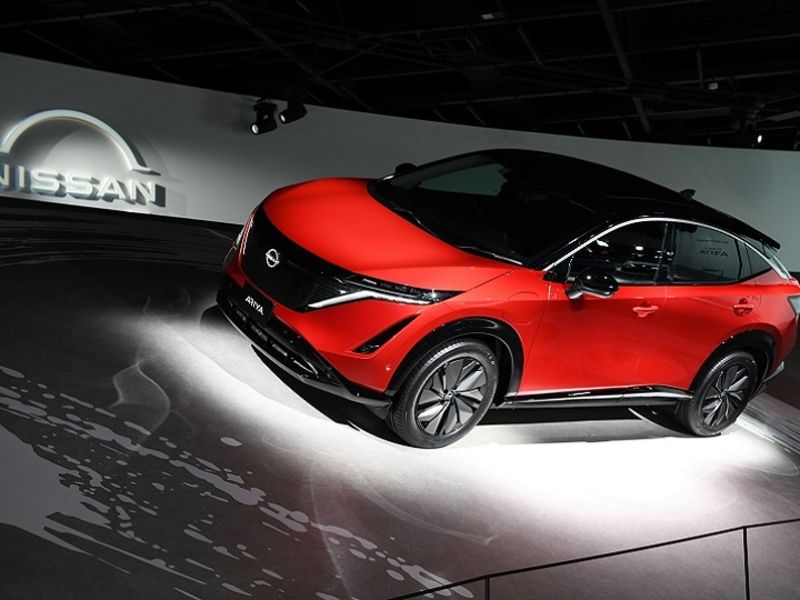
TOKYO — Nissan Motor Co. on Tuesday reported a quarterly operating profit of 63 billion yen ($560 million) as revenue rebounded from a pandemic slump.
The automaker was able to lower incentives in the key U.S. market and boost margins in the fiscal quarter that ended Sept. 30 because of growing demand coupled with tight supplies of vehicles due to production cutbacks amid the global chip shortage.
“Two years ago, we had a problem of how to sell, and that is not the problem today,” COO Ashwani Gupta told a news conference.
Nissan had also benefitted as it revamps its aging model line-up as part of a business plan to improve profitability by reducing global production and model types by a fifth, he said.
Gupta cautioned that the lack of chips remained “a challenge” as competition for the key component grows among automakers and electronic device makers.
CFO Stephen Ma said Nissan’s break even point is now around 3.7 million vehicles a year, down from 4.4 million.
Nissan on Tuesday raised its annual operating profit outlook in a promising sign the automaker is still on track to climb out of the red this year.
The company raised its forecast to an operating profit of 180 billion yen ($1.6 billion) for the fiscal year through March, from 150 billion yen announced in July.
The upbeat forecast comes despite Nissan having to trim production in recent months in response to an outbreak of COVID-19 in southeast Asia that disrupted its access to chips and other key parts.
Resilient demand for cars coupled with a weaker yen are bolstering profitability and Nissan’s new outlook underscores confidence from the automaker that these upside factors will continue to offset issues with its supply chain.
Revenue will be 8.8 trillion yen ($78 billion) for the fiscal year, Nissan said, compared with its prior forecast for 9.8 trillion yen. Revenue during the latest quarter rose 1.1 percent to 1.9 trillion yen.
While continuing fallout from the pandemic and the industry-wide chip shortage are a blow to automakers globally, they are hitting Nissan at a particularly difficult time.
The company is a year and a half into a revival plan that hinges on cutting costs and capacity and improving profitability of sales with 12 new vehicles the automaker intends to bring to market.
Nissan lowered its global sales target to 3.8 million vehicles from a previous forecast of 4.4 million.
The company’s vehicle sales fell each month in the July-September quarter from a year earlier, but volume is up 4.1 percent this fiscal year through September. Global production is up 3 percent from a year earlier.
Parts shortages are causing delays in Nissan’s rollout of new models such as its Ariya full-electric crossover.
The company warned earlier this year it is expecting to lose about 500,000 units of production this fiscal year due to the ongoing chip shortage.
As of July, Nissan was aiming to recover around half of that lost output in the second half. But since then, Nissan, like other Japanese automakers, has been “greatly impacted” by shortages of other automotive parts as well, CEO Officer Makoto Uchida said in a recent interview.
Resilient U.S. demand
At the same time, production cutbacks paired with resilient demand for cars in core markets such as the U.S. are helping to bolster Nissan’s profit margins, along with a weaker yen that is boosting profits brought back home.
With supply unable to keep up with demand, incentives are falling, and used-car prices are skyrocketing.
Cost-cutting efforts are also helping offset losses elsewhere and Nissan is on track this year to reach the 2 percent operating profit margin target it laid out in its turnaround plan, Uchida said in September.
Reuters and Bloomberg contributed to this report